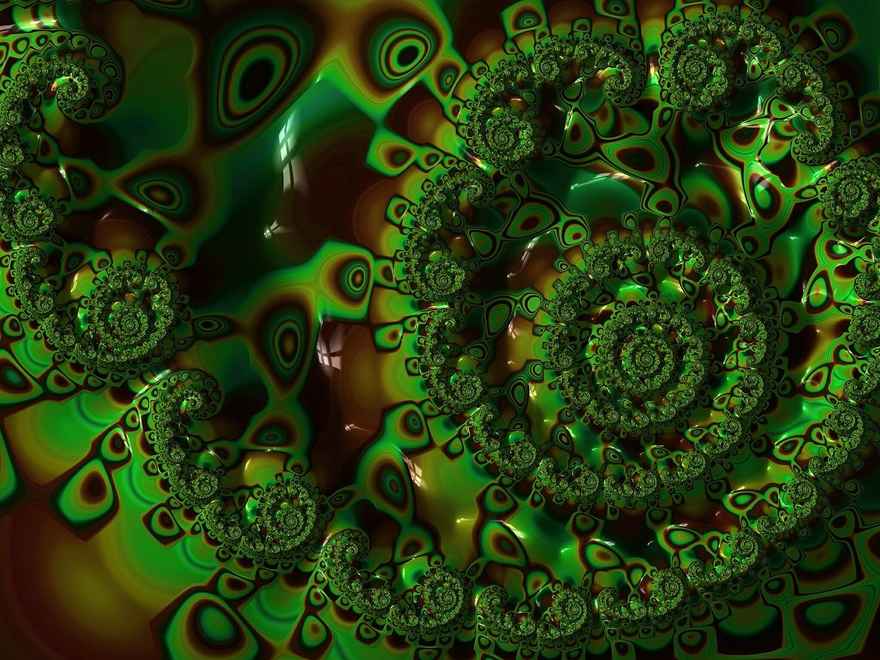🌀Creating Sustainable Designs with a Whole-Systems Approach

Image from Pixabay MysticArtDesign
To design sustainably, we must recognise the interconnectedness of both challenges and solutions. This is where a whole-systems approach comes in—it takes a comprehensive look at all elements of a system and their interactions to create efficient, sustainable outcomes.
“a collection of subjects or elements that have a relationship among themselves.”
Why Take a Whole-Systems Approach?
A whole-systems strategy focuses on fostering harmonious relationships between all components of a system. Think of it like assembling a puzzle—each piece works together to form a cohesive and efficient whole, rather than existing independently. By viewing everything holistically, we gain a deeper understanding of how different parts are interconnected and can better identify sustainable solutions.
🔑Key Considerations for a Whole-Systems Approach:
- History Matters: Understanding the history of a system’s dynamics and relationships is essential. To solve existing issues, we must trace their origins and understand how they evolved over time.
- Interconnected Systems: Systems often interact with larger systems or contain subsystems. Therefore, it is crucial to explore these interactions and understand the relationships and implications at every level.
- A Forward-Thinking Perspective: Systems evolve and project into the future. Designing with a whole-systems approach means anticipating potential impacts and outcomes for future generations.
Learning from Nature
Nature exemplifies complex, interconnected systems. Elements within ecosystems work together in cyclical patterns, creating well-functioning wholes. This makes the natural world a powerful teacher of whole-systems design and an invaluable source of inspiration.
Want to Learn More?
Explore the principles of whole-systems thinking and ecological design with our upcoming course, Ecological Design, starting on January 13, 2025. Join us as we delve deeper into how nature's wisdom can inspire sustainable solutions for today and tomorrow.


0 comments
Leave a comment